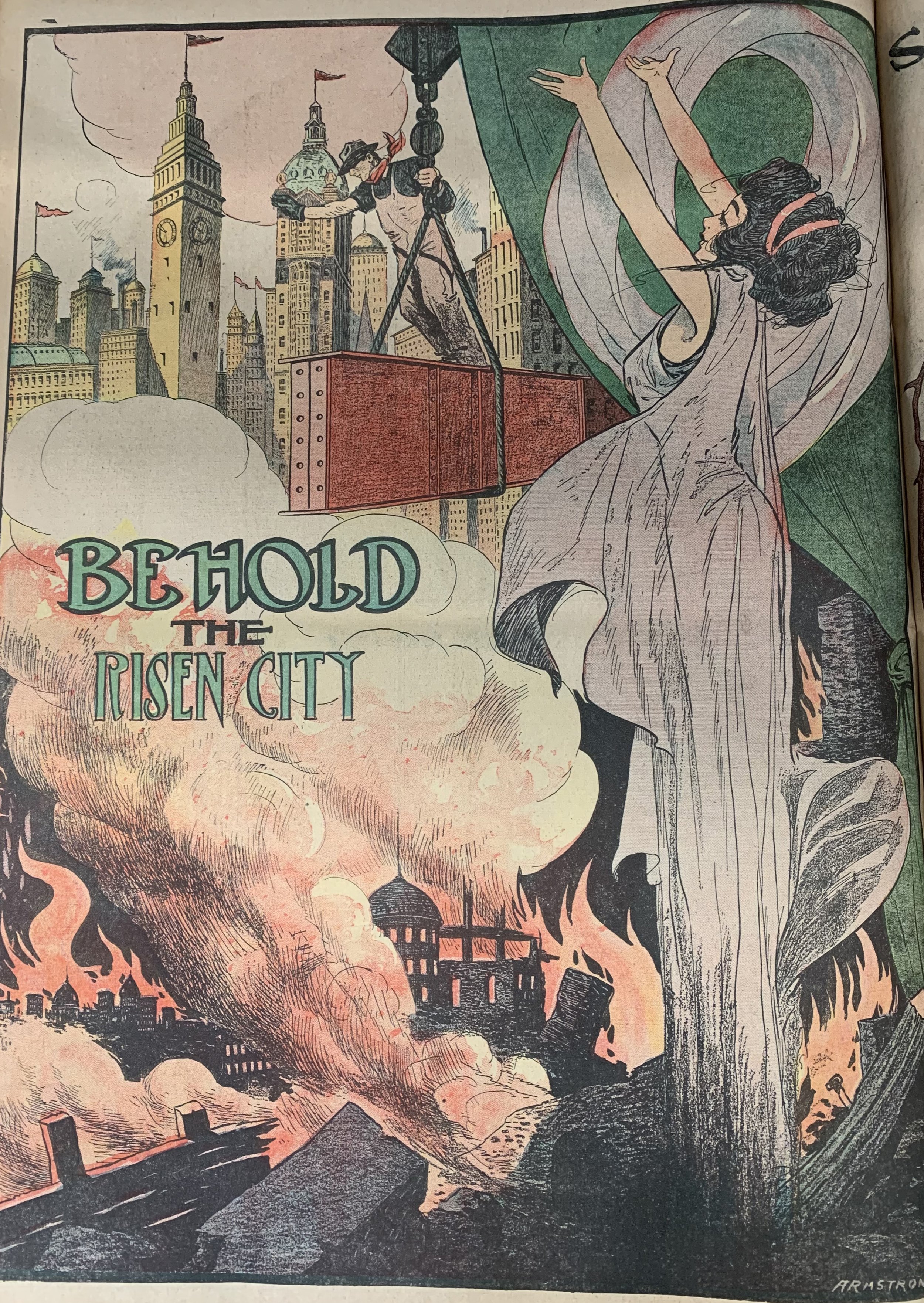Preface to the 2007 edition
The hidden hand of the market will never work without a hidden fist. McDonald's cannot flourish without McDonnell Douglas, the designer of the U.S. Air Force F-15. And the hidden fist that keeps the world safe for Silicon Valley’s technologies to flourish is called the U.S. Army, Air Force, Navy, and Marine Corps. And these fighting forces are paid for by American taxpayer dollars.
Thomas Friedman, I999 [1]
Hollywood had long entertained us with special-effects blockbusters featuring the destruction of great cities, but the real thing failed to amuse or distract.
I shared the shock felt by countless others as I watched on television the towers burn and drop in the island metropolis. Images of blinded and choking wraiths wandering through the suddenly monochromatic canyons of lower Manhattan looked eerily like nightmares I’d had of a nuclear aftermath and made visible the worst fears I harbored for a city that I’d come to love. They looked, in fact, like illustrations to a magazine article that appeared just four months after atomic bombs had demonstrated their lethal effectiveness on two cities. “The 36 Hour War” visualized for readers of Life New York City after rocket-borne A-bombs penetrated a less-than-perfect missile shield meant to protect the United States from unspecified enemies. [2]
The towers fell just two weeks after I’d crossed the plaza at their base on my way to visit the New York Mercantile Exchange. I was working on a sequel to Imperial San Francisco, to be called Imperial Manhattan, and I wanted to see for myself the frantic ritual by which traders convert the organic world into ciphers for reinvestment in innumerable other ventures, including the precious urban real estate over which I walked.
I’d used San Francisco as a case study of how imperial cities parasitize their hinterlands for the benefit of those who own their land and much else besides – especially the channels of information that shape perceived reality for millions. That city’s magnates hoped to make it the new Rome or New York of the Pacific, but San Francisco, of itself and for all its charm, was a failed star, an also-ran in the firmament of truly imperial cities. New York City remained the genuine article, pulsing with that imperial energy that pulls multitudes to its wealth, jobs, and lights.
One of those was William Randolph Hearst, who, before moving to Manhattan from San Francisco to launch his publishing empire, advised his father to invest his mining millions in real estate, since – as Hearst wrote in 1885 – “Every atom of humanity added to the struggling mass means another figure to [the landlord’s] bank account.” [3] I planned to write about the role Western mining fortunes such as Hearst’s had played in making New York the world city, and of how mining technology erected the earliest skyscrapers whose successors came to distinguish Manhattan’s skyline. But the attack and war intervened…
• The rest of this preface is available in either the print or audio versions of Imperial San Francisco.
New York City reduced to radioactive ash in a Life Magazine article visualizing nuclear war four months after the destruction of Hiroshima and Nagasaki. Life, November 19, 1945
‘Behold the Risen City’ San Francisco rises from the ashes of its 1906 destruction by earthquake and fire. San Francisco Chronicle, January 30, 1910
“Columbia Triumphant” by Attilio Piccirilli on the USS Maine Monument in New York City. The monument was largely paid for by publisher William Randolph Hearst who credited himself with fomenting the Spanish-American War after a mysterious explosion sank the battleship Maine in Havana harbor. Hearst owned valuable real estate nearby. Photo by Gray Brechin.
Notes
1. Friedman, Thomas L. The l,exus and the Olive Tree: Understanding Globalization, (New York: Farrar Strauss Giroux, 1999 ). p. 3 73.
2. Life, "The 36 Hour War," November 19, 1945.
3. Imperial San Francisco, p. 68.
Wall Street waxed euphoric at the commencement of the 2003 U.S. invasion of Iraq before the reality of occupation became evident. San Francisco Chronicle, March 18, 2003.
San Francisco's California Volunteers Monument by Douglas Tilden was dedicated in 1906 to celebrate U.S. victory in the recent Philippine-American War. Photo by Gray Brechin





